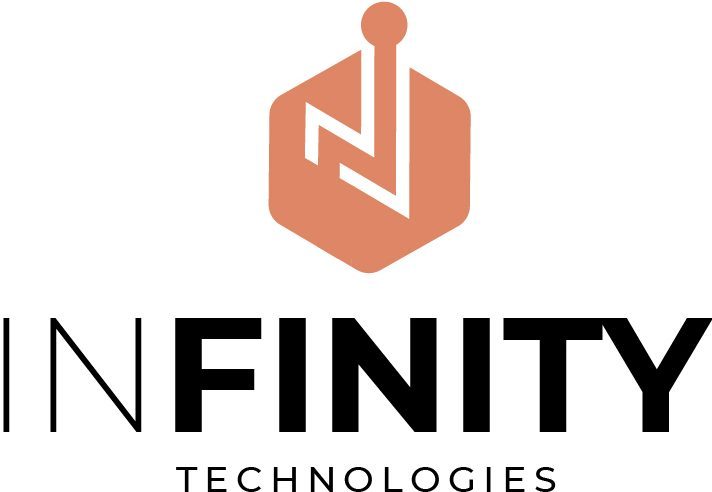We are undergoing a digital transformation that is gaining momentum. The business now has to be involved. The digital age has brought us to a time of great excitement, as digitization is forcing organizations to find more flexible and efficient solutions for employee training and learning management. By 2023, LMS will have 73.8 million 1 users. This figure reflects both the rapid growth of the LMS market and the growing demand for education streamlining tools. The LMS market continues to grow, resulting in a substantial increase in users and the value of the industry. We can expect LMS vendors to provide more efficient solutions that facilitate employee productivity and mobile.
We’ve collected data on trends and data in L&D so that you can make informed decisions about your employees’ learning. Let’s take a look at the numbers.
Growing LMS market
According to the latest research, the LMS market will reach $28.1 Billion by 2025. By 2030, the CAGR is projected to be 19.2% 2. Government initiatives, the increasing use of digital learning, and the integration of artificial and machine learning into LMS systems are all factors that contribute to this growth. The LMS market will grow from 16.2 billion dollars in 2022 to $ 22.4 billion in 2023. This will result in the global E-learning Market growing at 14% per year 3.
North America is still the largest market. The corporate segment is also expected to grow at the fastest rate during the forecast period. In addition, web-based LMS is very popular, with 87% of users showing that they prefer online learning tools. Cloud-based LMS adoption stands at 12.5% 4 in Europe.
Regional growth trends and drivers
LMS adoption has grown significantly around the globe. North America will lead the global market in terms of regional adoption, and its share is expected to be over 33.1% by 2022. Europe is the fastest-growing market. On-premises services dominate the market, but demand for these services will decline over the next few years.
North America will account for over 33.1% of the market in 2022 due to the presence of many market players. In terms of the type of consumer, the corporate segment had the largest market share in 2022 6.
Several factors drive the LMS industry. We are dealing with a growing globalization in the workforce. Remote or hybrid work is also a factor. This requires elasticity and linguistic flexibility when it comes to employee development. A multifunctional and adjustable platform is a must for large companies in order to maintain a consistent knowledge flow. In contrast, companies are more concerned with saving money while still valuing training opportunities and quality. According to the Global Learning Management System Market in 2023 report, LMS growth can also be attributed to technological advances, blended learning that is becoming increasingly popular, data-based educational programs, and, in some cases, government funding for education technology.
Top factors driving LMS adoption
Organizations adopt Learning Management Systems for a number of reasons. These factors can be different depending on their needs and circumstances. We can, however, distinguish a few of the most important and universal ones.
Remote Learning Opportunities: The rise of remote education and work has led to an increase in the adoption of LMS.
Scalability LMS can accommodate a large number of users. It is suitable for small and large organizations.
Cost-effectivenessUsing an LMS is more cost-effective than traditional training or education as it allows for self-paced and self-paced learning.
Standardization: An LMS enables the standardization of training materials within an organization. This ensures that all students or employees receive the same training.
Personalization and customization: Many LMS platforms allow the customization of materials to meet the needs of an organization or a specific learner.
Tracking & Reporting: LMS includes robust tracking & reporting features that can help organizations monitor learners’ progress and identify improvement areas.
Integration of other systems: Most LMSs are compatible with other software (such as CRM or HR systems), which makes it easier to track and manage learning throughout the organization.
Compliance with regulatory requirements: Organizations in certain industries are required to provide employees with specific training, and an LMS helps ensure that the movement is delivered consistently and that it is tracked properly.
Accessibility: A LMS allows users to access materials at any time and from anywhere. This can improve learner engagement.
Future-proofing education and learning: With the increasing digitization of various aspects of our lives, adopting an LMS can be a way of future-proofing educational and training processes.
Future LMS Trends to Watch
In the education sector, technology is becoming more prevalent. 48% of students use desktop computers, while 42% of them use smartphones. 33% of students are using interactive whiteboards, and 20% of them are using tablet devices. Trends such as mobile education are also signaling a move towards more advanced teaching paradigms 7.
In the near future, we should also be on the lookout for the increasing use of cloud-based education solutions. Cloud-based LMS adoption is expected to reach 12.5% in Europe by 2023. This indicates a shift toward more flexible, scalable, and cost-effective LMS 8. Blockchain technology can also be used to secure and verify digital transcripts, allowing for a more efficient way to manage learning.
We are not only interested in technological features and trends but also LMS’s adaptability and agility. Organizations use learning tools to provide more cohesive solutions that fuel productivity and mobility. Future LMS trends are expected to drive the industry.
Configurations that can be customized: The best LMS platform allows customization to meet specific organization needs. This can include groups and organizing content by department, role, or training requirements. Customization can be done for onboarding, product training, sales training, coaching, leadership training, upskilling, and industry language.
Microlearning As attention spans are decreasing; microlearning is a trend that has gained traction in LMS. Microlearning is a way to deliver information in smaller, more digestible chunks, which can lead to greater engagement, better absorption, and retention. This is perfect for those who are always on the move and don’t have much time to dedicate to a single training module.
Coaches can collaborate: The LMS makes it easier for managers to track employee progress and provide feedback. AI integrations allow for intuitive data reporting that will enable learners to track their progress and identify areas of improvement.
Real-time analytics: Future predictions about education must be grounded in actionable analytics. You can determine the effectiveness of training programs by collecting data and analyzing learning metrics. The key metrics are employee activity, progress and assessment, completion rate, learning scores, and overall satisfaction. Each LMS has different reporting capabilities, so it’s important to decide what is essential for your company before selecting your learning management system 9.




